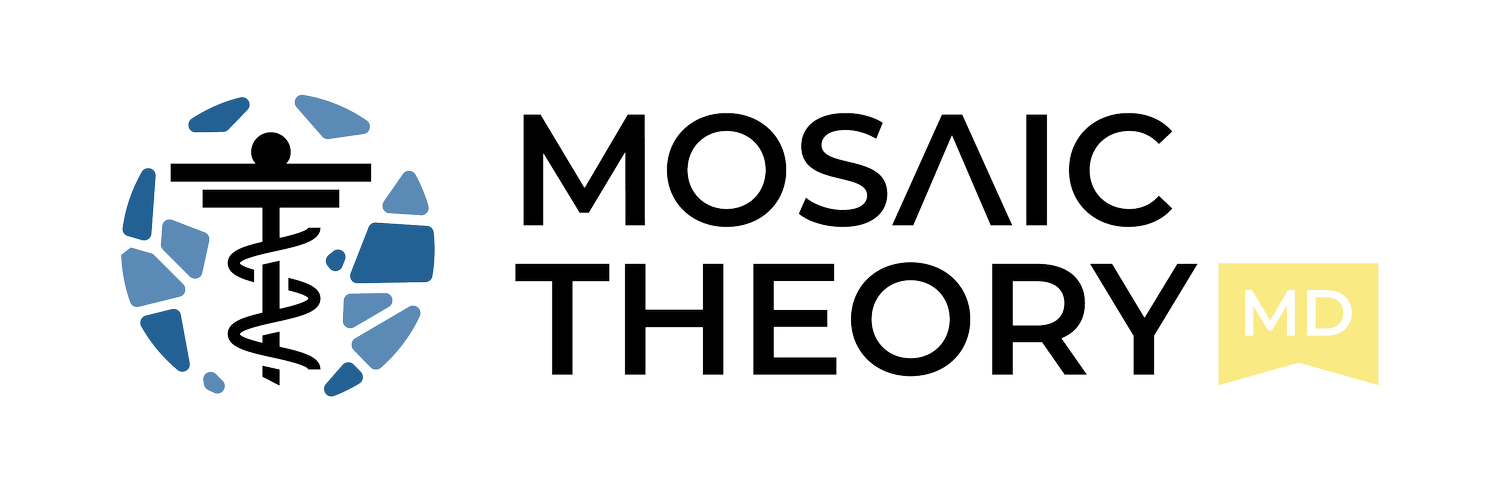The Role of Repair and Recycling in Longevity
As organisms age, cellular damage builds up, causing harmful effects over time. Fortunately, certain pathways in our cells are designed to repair and recycle damage, playing a vital role in preserving cellular health and supporting longevity. Here at Mosaic Theory, we pride ourselves in being one of the best antiaging clinics in Northern Virginia. This article dives into the functions of sirtuins, autophagy, and DNA repair mechanisms in this crucial process.
Sirtuins: Protectors of Cellular Health
Sirtuins are a group of proteins essential for regulating cellular health and longevity. Among them, SIRT1 and SIRT6 stand out for their critical roles in DNA repair and metabolic regulation. While SIRT1 was once seen as a key factor in promoting longevity, it is now recognized for its role in harnessing the benefits of caloric restriction. SIRT6, however, has gained attention for its ability to extend lifespan and improve DNA repair, positioning it as a promising player in healthy aging.
The Autophagy Process: Cellular Renewal
Autophagy, or “self-eating,” is a cellular process where damaged components are broken down and recycled, promoting cellular renewal and overall health. This process can be triggered through pathways like TFEB activation, mTOR inhibition, and AMPK activation. Lifestyle practices such as fasting, along with supplements like pterostilbene, can also induce autophagy, helping to clear out damaged proteins and support longevity.
DNA Repair Mechanisms: Protecting the Genetic Blueprint
DNA damage plays a major role in aging, as mutations can result in dysfunctional proteins and the development of senescent or cancerous cells. Effective DNA repair mechanisms, involving proteins like PARP and SIRT6, are essential for preserving genetic integrity. Reducing exposure to environmental and dietary carcinogens, along with embracing a predominantly plant-based diet, can help minimize DNA damage and support these vital repair processes.
Antiaging Clinic in Northern Virginia
The repair and recycling pathways, driven by sirtuins, autophagy, and DNA repair mechanisms, are vital for preserving cellular health and supporting longevity. By understanding and optimizing these processes, we can promote healthier aging and enhance overall well-being. If you're looking for more information on cell repair and are interested in learning more about transforming your healthspan, please reach out to us at Mosaic Theory MD for a complimentary meet and greet.

